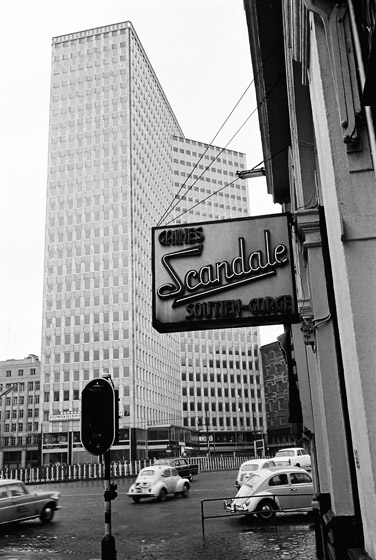Around that same time “The Times” made a sensational announcement: “London will be the Alliance’s new headquarters.” The statement only concerned the North Atlantic Council and nothing ever came of it.
General Lemnitzer was also in favour of moving SHAPE and the North Atlantic Council simultaneously. The reasoning that the political and military headquarters should be grouped together, which had been used in 1952 to move NATO’s political headquarters from London to Paris so that it was closer to SHAPE, still applied. Belgium was eager to play host to the North Atlantic Council, and could only conceive of having SHAPE on its national territory if it became the Council’s headquarters too. And even then, a deal on where to locate SHAPE and the North Atlantic Council was still needed.
For SHAPE, a number of proposals were made: the city of Termonde (an urban site and too far from Brussels), the area north of Charleroi (next to a populous industrial region, but with an airfield and good public transport lines), and the Chièvres/Mons-Casteau area (also with an airfield, but with public transport lines that could stand to be improved). The latter was the Belgians’ preference because of the availability of free government land, which meant substantial savings for the country. But in July, Paris expressed reservations about the choice of this site – it was too far from Brussels, considering that General Lemnitzer had specifically said that SHAPE should be located “in the Brussels region”.
General Lemnitzer nevertheless agreed to visit the area, which he did on 1st August. Afterward he fired off a letter to Secretary General Manlio Brosio urging Belgium to propose another site located no more than 25–30 km from Brussels, as this was more in line with what he had originally said. He even suggested building a temporary site for SHAPE near the capital, in Evere.
For a few weeks each party stood its ground, hoping that the other side would give in, but in the end the Organization took up Belgium’s offer to host SHAPE in Mons-Casteau. In exchange, Belgium committed to building a highway between Mons and Brussels, which would make communication with the capital easier. The SHAPE building went up six and a half months later, on 31 March 1967.








